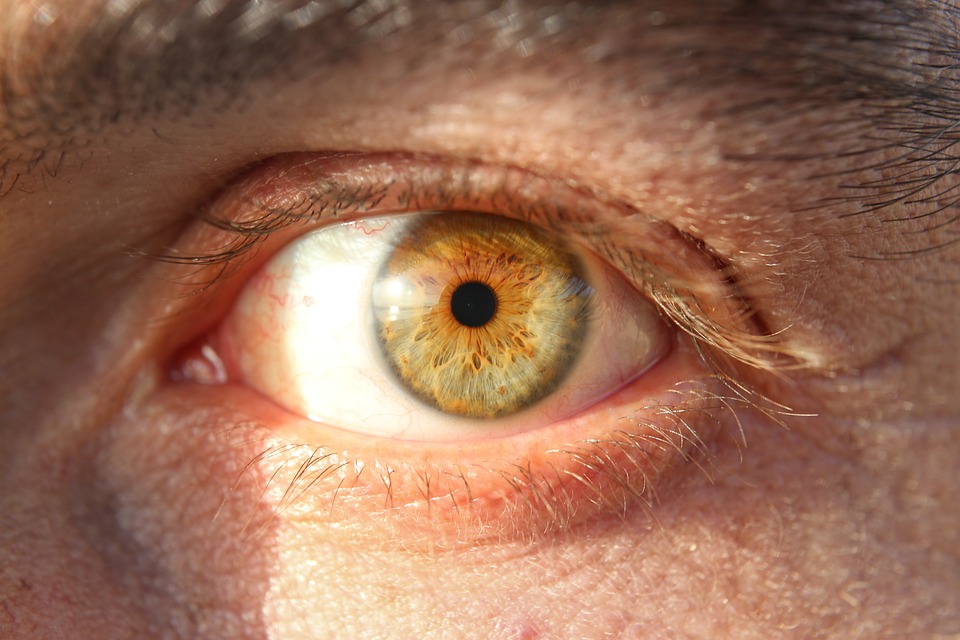 You’ve probably heard the term “dry macular degeneration” during a visit to the eye doctor, but exactly what does it mean? It turns out, macular degeneration is fairly common among Americans who are 65 and older, with dry macular degeneration affecting 85% - 90% of cases. This condition involves the drying out of the macula, which is a portion of the retina that is responsible for providing clear vision.
You’ve probably heard the term “dry macular degeneration” during a visit to the eye doctor, but exactly what does it mean? It turns out, macular degeneration is fairly common among Americans who are 65 and older, with dry macular degeneration affecting 85% - 90% of cases. This condition involves the drying out of the macula, which is a portion of the retina that is responsible for providing clear vision.
The American Macular Degeneration Foundation explains that in the “dry” type of macular degeneration, the deterioration of the retina is associated with the formation of small yellow deposits, known as drusen, under the macula. This phenomenon leads to a thinning and drying out of the macula, causing the macula to lose its function. The amount of central vision loss is directly related to the location (typically in your central line of vision) and amount of retinal thinning caused by the drusen. When this occurs, images are not received correctly, which can lead to wavy or blurred vision.
Put simply, as a result of this thinning and drying within your eye, your vision is blurred and becomes spotty in the center of your field of vision. The condition can be quite frightening to experience, and reading about may have you wondering what your options are for prevention and treatment.
Let’s take a look at causes, symptoms, prevention, and signs that tell you it may be time to be looked at by an eye doctor.
Common Symptoms
Dry macular degeneration symptoms are generally painless and can develop over extended periods of time. The condition can impact one or both eyes or just one, depending on the patient. Other conditions can show similar symptoms, so it’s important to consult with your eye doctor on the diagnosis. While symptoms vary from patient to patient, some common problems may include the following:
- Distorted vision
- Reduced central vision
- Difficulty recognizing faces
- Increased blurriness when reading print
- Difficulty adapting to different low light levels
Common Causes
So you’ve discovered these symptoms, but what could have caused this to happen? While a main cause cannot be identified, there are a number of risk factors that can be attributed to dry macular degeneration. Some of these common risk factors could be:
- Age, typically in adults age 65 or older
- Smoking
- Obesity
- Poor diet low in fruits and vegetables
- Family history
- High blood pressure
- High cholesterol
Preventive Measures
It’s important to have your eyes checked regularly, especially if you’re experiencing any of the symptoms listed earlier. If not corrected promptly, dry macular degeneration can have a negative, lasting impact on your vision. Having routine eye exams will allow your eye doctor to check up on your eyes and point out any abnormalities or signs of dry macular degeneration, even before problematic symptoms appear. It’s also wise for your overall vision to exercise regularly, eat a diet consisting of plenty of fruits and vegetables, avoid smoking, and keep your health in check. A healthy body can also have a positive impact on vision.
Dry macular degeneration can negatively affect vision, which can make going through life a bit more difficult. Having regular eye doctor exams and keeping your overall health in check can prevent symptoms from arising, and as well as reduce your risk of developing a number of other vision issues. If you’re having concerns about macular degeneration or you aren’t sure what you can do to correct, it, we can help. At Everett and Hurite, our staff can assist you with questions or concerns you may have about the dry macular degeneration or other eye problems you could be faced with. Contact us today to schedule an appointment!
